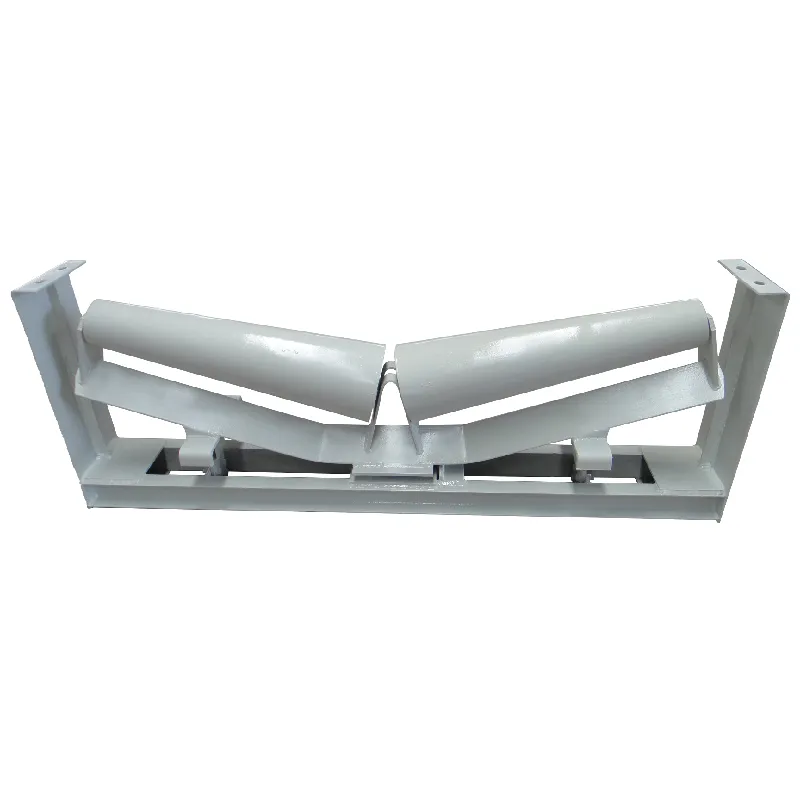 Afrikaans
Afrikaans  Albanian
Albanian  Amharic
Amharic  Arabic
Arabic  Armenian
Armenian  Azerbaijani
Azerbaijani  Basque
Basque  Belarusian
Belarusian  Bengali
Bengali  Bosnian
Bosnian  Bulgarian
Bulgarian  Catalan
Catalan  Cebuano
Cebuano  Corsican
Corsican  Croatian
Croatian  Czech
Czech  Danish
Danish  Dutch
Dutch  English
English  Esperanto
Esperanto  Estonian
Estonian  Finnish
Finnish  French
French  Frisian
Frisian  Galician
Galician  Georgian
Georgian  German
German  Greek
Greek  Gujarati
Gujarati  Haitian Creole
Haitian Creole  hausa
hausa  hawaiian
hawaiian  Hebrew
Hebrew  Hindi
Hindi  Miao
Miao  Hungarian
Hungarian  Icelandic
Icelandic  igbo
igbo  Indonesian
Indonesian  irish
irish  Italian
Italian  Japanese
Japanese  Javanese
Javanese  Kannada
Kannada  kazakh
kazakh  Khmer
Khmer  Rwandese
Rwandese  Korean
Korean  Kurdish
Kurdish  Kyrgyz
Kyrgyz  Lao
Lao  Latin
Latin  Latvian
Latvian  Lithuanian
Lithuanian  Luxembourgish
Luxembourgish  Macedonian
Macedonian  Malgashi
Malgashi  Malay
Malay  Malayalam
Malayalam  Maltese
Maltese  Maori
Maori  Marathi
Marathi  Mongolian
Mongolian  Myanmar
Myanmar  Nepali
Nepali  Norwegian
Norwegian  Norwegian
Norwegian  Occitan
Occitan  Pashto
Pashto  Persian
Persian  Polish
Polish  Portuguese
Portuguese  Punjabi
Punjabi  Romanian
Romanian  Russian
Russian  Samoan
Samoan  Scottish Gaelic
Scottish Gaelic  Serbian
Serbian  Sesotho
Sesotho  Shona
Shona  Sindhi
Sindhi  Sinhala
Sinhala  Slovak
Slovak  Slovenian
Slovenian  Somali
Somali  Spanish
Spanish  Sundanese
Sundanese  Swahili
Swahili  Swedish
Swedish  Tagalog
Tagalog  Tajik
Tajik  Tamil
Tamil  Tatar
Tatar  Telugu
Telugu  Thai
Thai  Turkish
Turkish  Turkmen
Turkmen  Ukrainian
Ukrainian  Urdu
Urdu  Uighur
Uighur  Uzbek
Uzbek  Vietnamese
Vietnamese  Welsh
Welsh  Bantu
Bantu  Yiddish
Yiddish  Yoruba
Yoruba  Zulu
Zulu Exploring Mechanisms of Drive Belts and Pulleys in Mechanical Systems
Drive Belts and Pulleys The Essentials of Mechanical Power Transmission
In the realm of mechanical engineering, the importance of efficient power transmission cannot be overstated. Drive belts and pulleys are integral components used in various machines and mechanical systems to transfer power from one component to another, transforming rotational motion and enhancing productivity across industries.
Understanding Drive Belts
Drive belts are flexible loops that transmit power between pulleys. They come in various materials, including rubber, fabric, and synthetic composites. The choice of material significantly affects the belt's durability, flexibility, and resistance to wear and environmental conditions. A few common types of drive belts include
1. V-Belts Named for their trapezoidal cross-section, V-belts provide a high degree of friction and grip, making them suitable for applications involving heavy loads. Their design allows them to fit securely into the grooves of pulleys, enhancing traction and minimizing slippage.
2. Flat Belts With a rectangular or flat shape, these belts are ideal for transmitting power over longer distances. Flat belts are often used in lighter applications, where flexibility and minimal slippage are critical.
3. Timing Belts Characterized by teeth along their inner surface, timing belts ensure precise movement of components in synchronization. Commonly found in automotive engines, these belts maintain a fixed relationship between the crankshaft and camshaft, which is vital for timing the engine's cycles.
4. Toothed Belts Similar to timing belts, toothed belts also feature teeth but are more versatile for various mechanical applications due to their ability to absorb shocks and vibrations.
The Role of Pulleys
Pulleys are wheel-like components that work in conjunction with drive belts to redirect and amplify motion. They come in various forms, each designed for specific applications
1. Fixed Pulleys These do not move and are simply used to change the direction of force applied. In a simple flagpole setup, a fixed pulley allows a rope to lift the flag.
drive belts and pulleys

2. Movable Pulleys These can travel up and down with the load being lifted, effectively halving the input force required to lift an object. This property makes movable pulleys ideal for heavy lifting tasks, such as in construction cranes.
3. Compound Pulleys Combining both fixed and movable pulleys, compound systems considerably reduce the effort needed to lift heavy loads, making them invaluable in various industrial applications.
Advantages of Drive Belts and Pulleys
- Efficiency Drive belts and pulleys offer a reliable means of transferring power with minimal energy loss. Their design often leads to smoother operation compared to gear systems, reducing wear on components.
- Cost-Effectiveness In comparison to other power transmission methods like chains and gears, belts and pulleys tend to be less expensive to manufacture and maintain, making them an attractive option for many businesses.
- Noise Reduction Many belt and pulley systems operate more quietly than gear systems, which can lead to a more pleasant working environment, particularly in places where noise control is essential.
- Versatility This system can be easily adapted to various machinery and applications by simply changing the pulley sizes, pulley configurations, or belt types, providing flexibility for engineers and designers.
Applications in Industry
Drive belts and pulleys find applications across a wide array of industries. In manufacturing, they are integral to conveyor systems, which help move goods efficiently from one production stage to another. In automotive engineering, they are found in engines, where timing belts ensure optimal performance. Additionally, they play crucial roles in agriculture, textiles, and mining, illustrating their ubiquitous nature in modern machinery.
Conclusion
Drive belts and pulleys are fundamental components that ensure the effective transmission of power in various mechanical systems. Their versatility, combined with ease of maintenance and cost-effectiveness, makes them a preferred choice in many sectors. As technology advances, we can anticipate further innovations that will enhance the efficiency and reliability of these essential mechanical systems, continuing to shape the future of industrial applications. Understanding their mechanics and functions is vital for engineers and technicians alike, as they tackle the challenges of modern manufacturing and machinery design.
-
Revolutionizing Conveyor Reliability with Advanced Rubber Lagging PulleysNewsJul.22,2025
-
Powering Precision and Durability with Expert Manufacturers of Conveyor ComponentsNewsJul.22,2025
-
Optimizing Conveyor Systems with Advanced Conveyor AccessoriesNewsJul.22,2025
-
Maximize Conveyor Efficiency with Quality Conveyor Idler PulleysNewsJul.22,2025
-
Future-Proof Your Conveyor System with High-Performance Polyurethane RollerNewsJul.22,2025
-
Driving Efficiency Forward with Quality Idlers and RollersNewsJul.22,2025





























